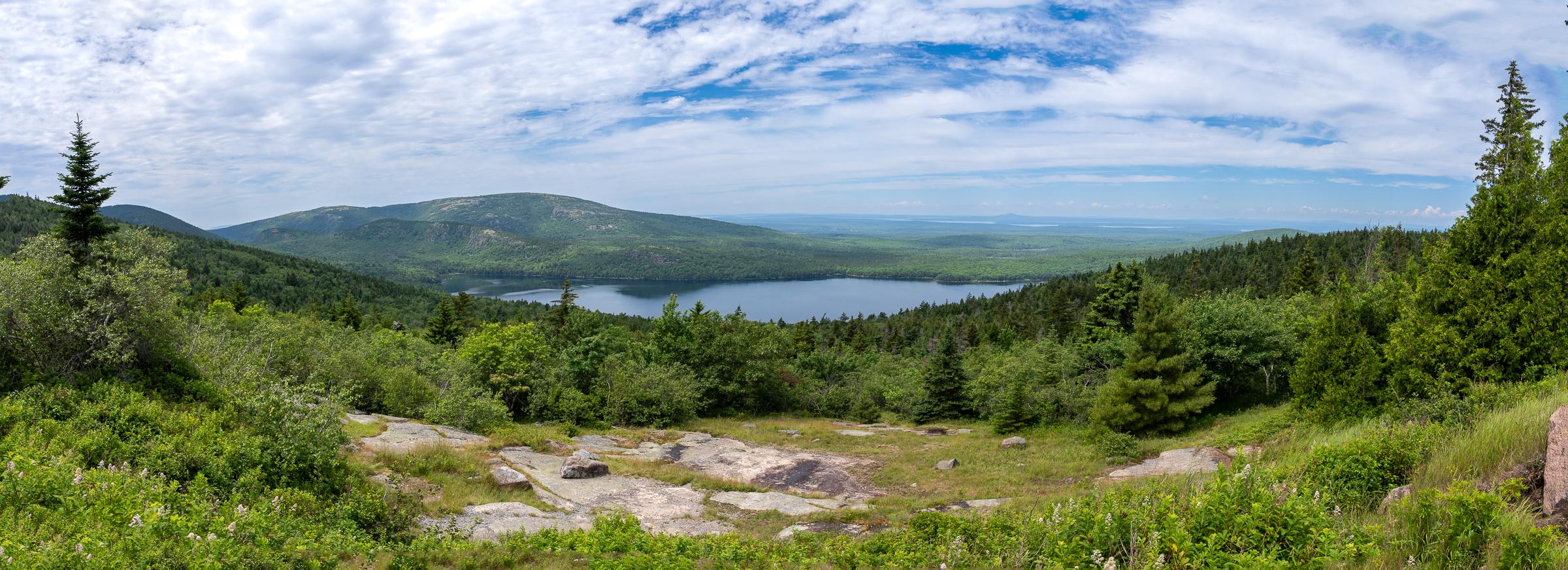Most people chase the sun. They plan their trips around golden hours and clear, bluebird days. As a photographer, I appreciate a good sunrise as much as the next person, but my heart often lies with the atmosphere, the mood, and the soft, diffused light that only a veil of cloud and fog can provide. That’s what I went looking for in Bar Harbor, Maine, and this rugged corner of the world delivered in ways I could have only dreamed. My trip wasn’t about capturing the perfect postcard; it was about capturing a feeling, a texture, a story told in shades of gray, blue, and deep, wet green.
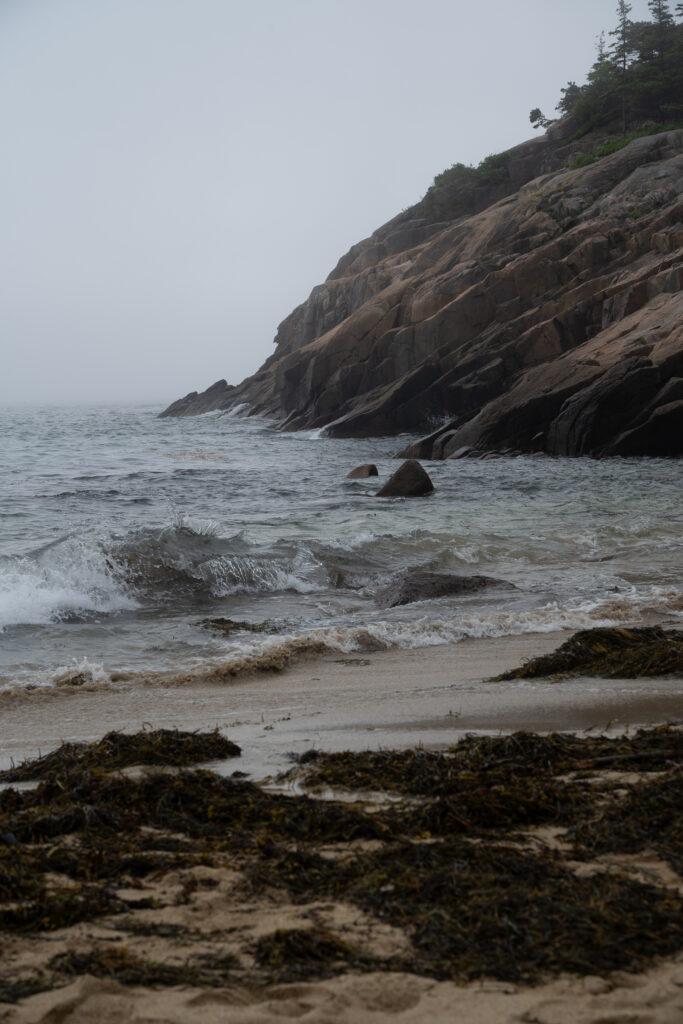
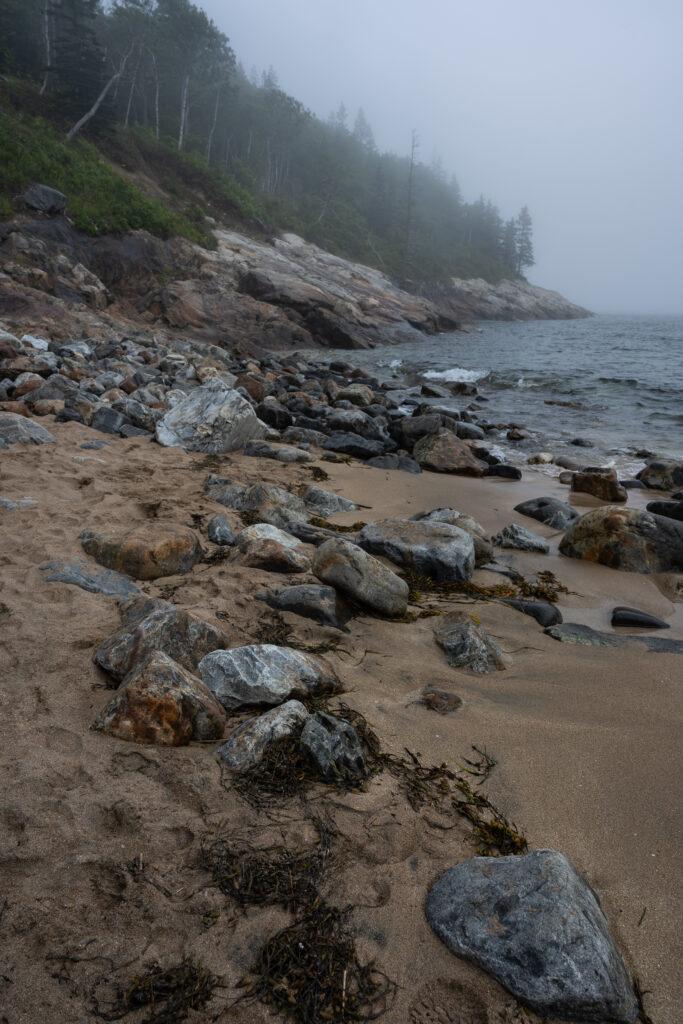
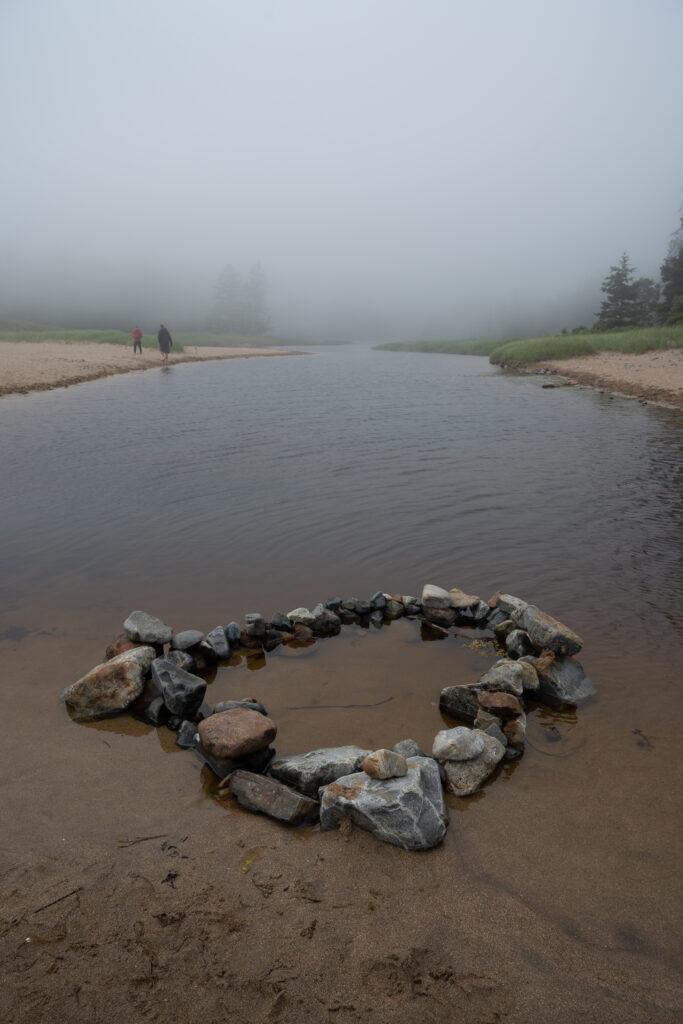
But there was also another story unfolding behind the lens—one that was entirely my own. Bar Harbor wasn’t just the backdrop for a creative retreat; it was where I chose to elope. The decision felt spontaneous and perfectly in tune with the misty, dreamlike mood that hung over the coast. Standing by the rocky shoreline, with fog swirling around us and the sound of the ocean as our witness, we said our vows quietly, just the two of us and the shifting light.
The journey to Mount Desert Island felt like entering a different realm. As I drove closer, the sky softened, the sharp edges of the world blurring. The air grew thick with salt and mystery. Arriving in Bar Harbor, I wasn’t greeted by bright sunshine, but by a low-hanging marine layer that wrapped the town in a quiet embrace. For me, this was perfect. The fog muted the vibrant colors of the storefronts, creating a tonal palette that was subtle and rich. It simplified scenes, isolating subjects and turning an ordinary street into a study of form and shadow. My camera was out of the bag before I even checked into my inn.
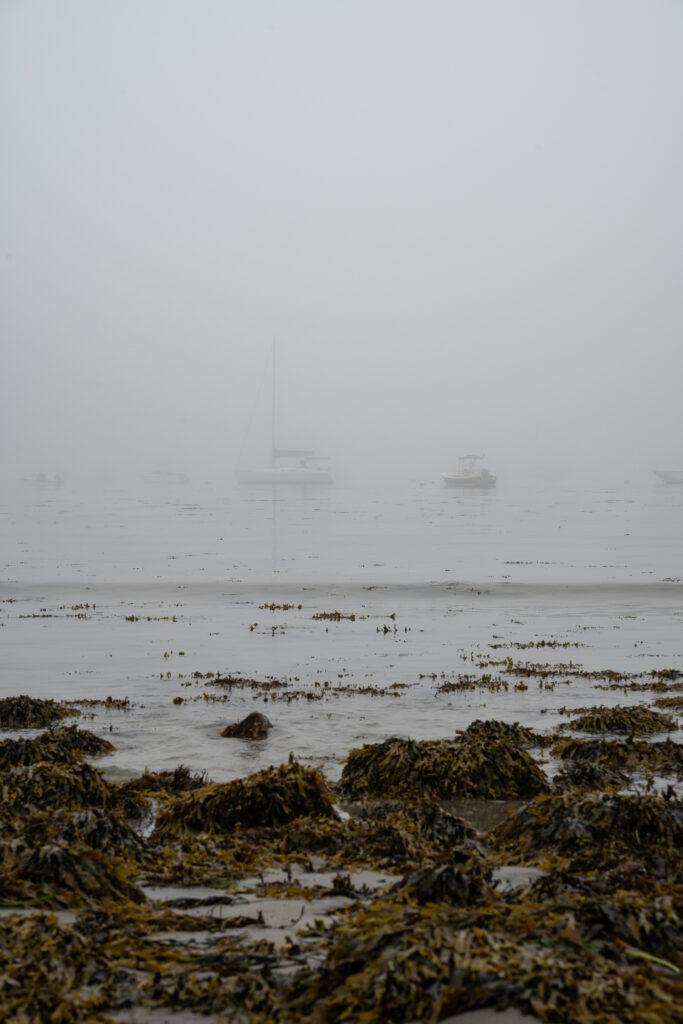
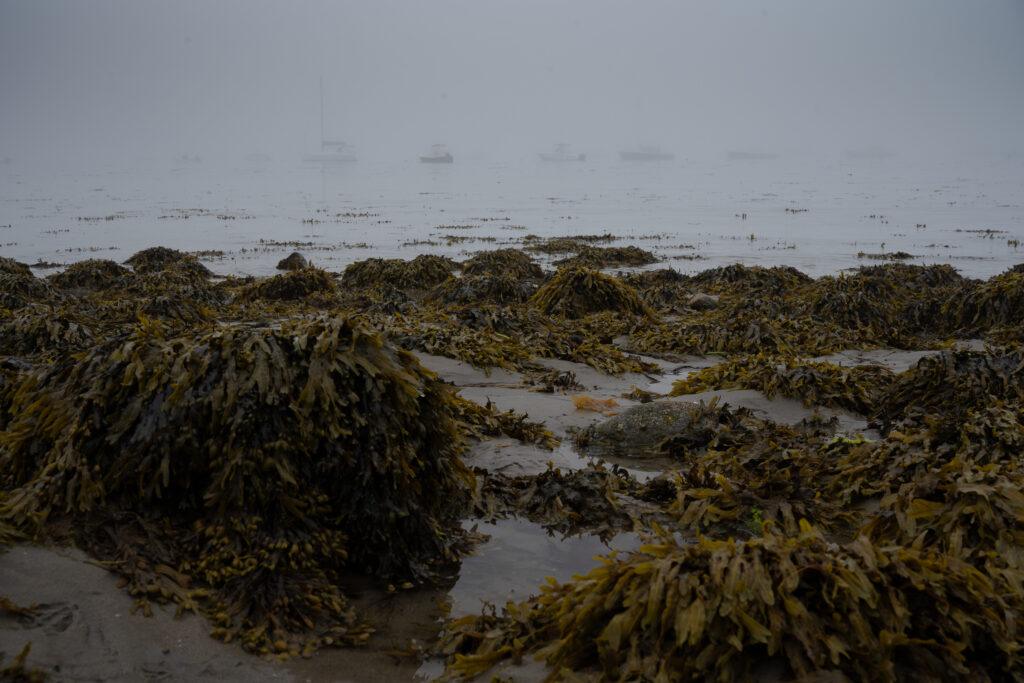
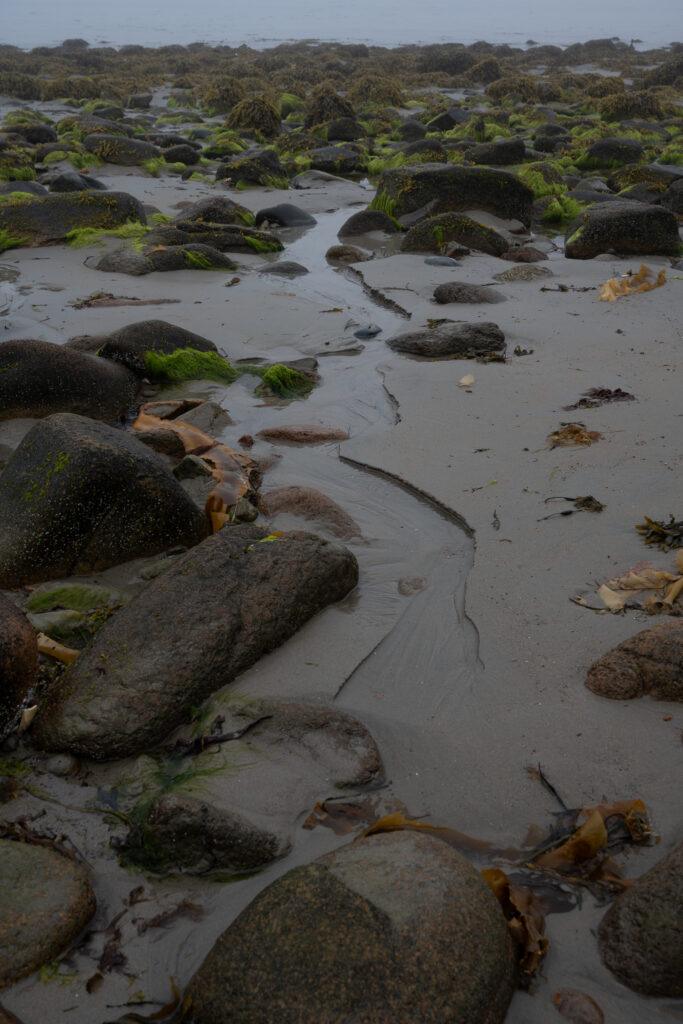
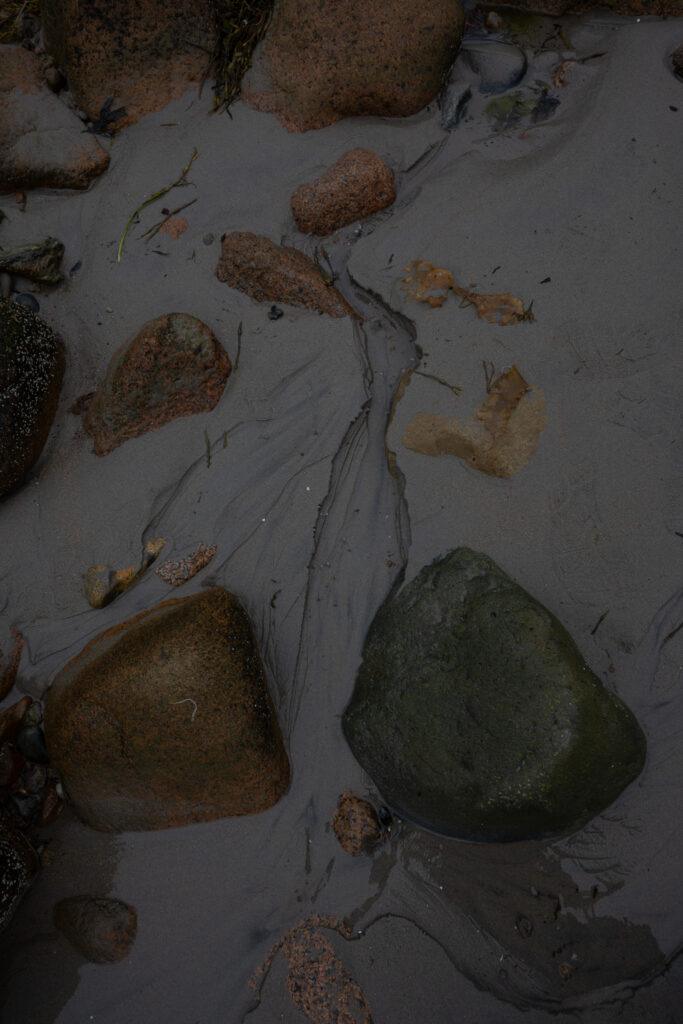
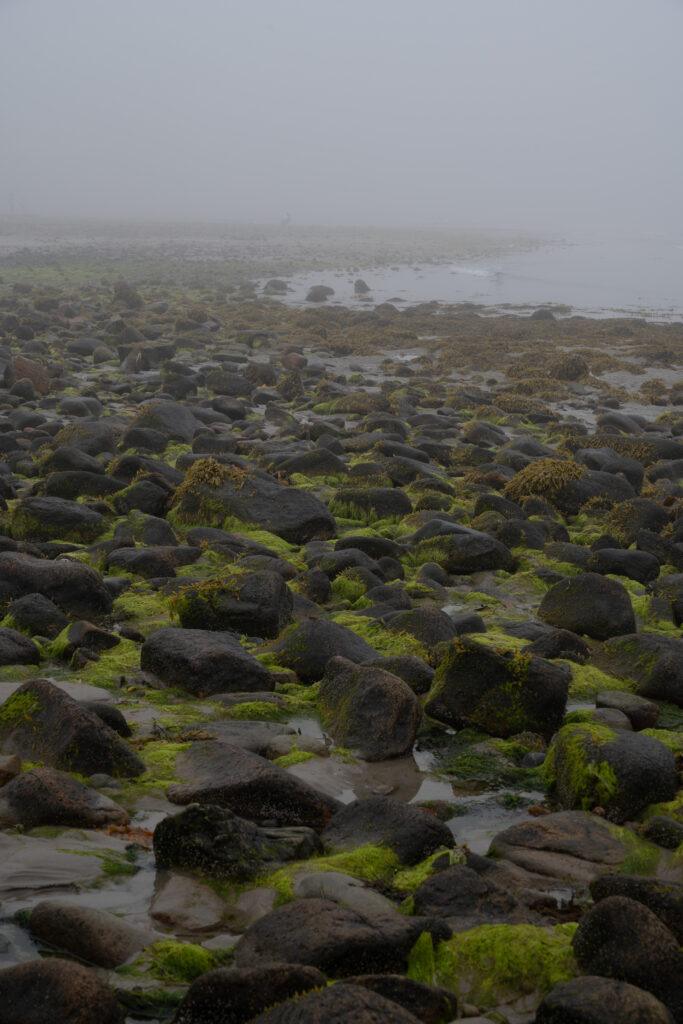
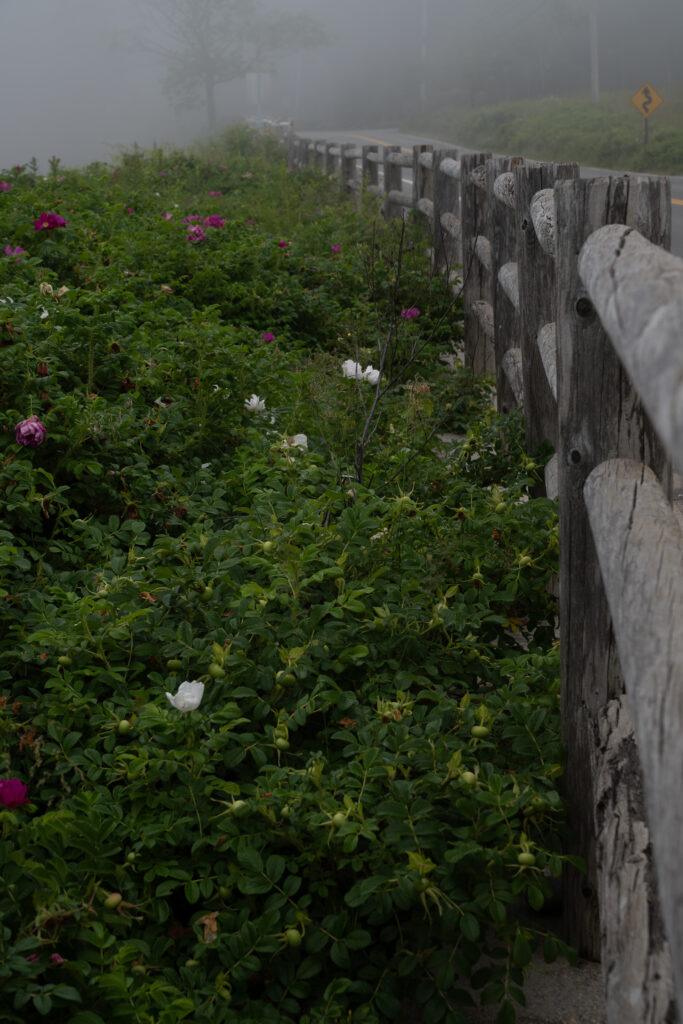
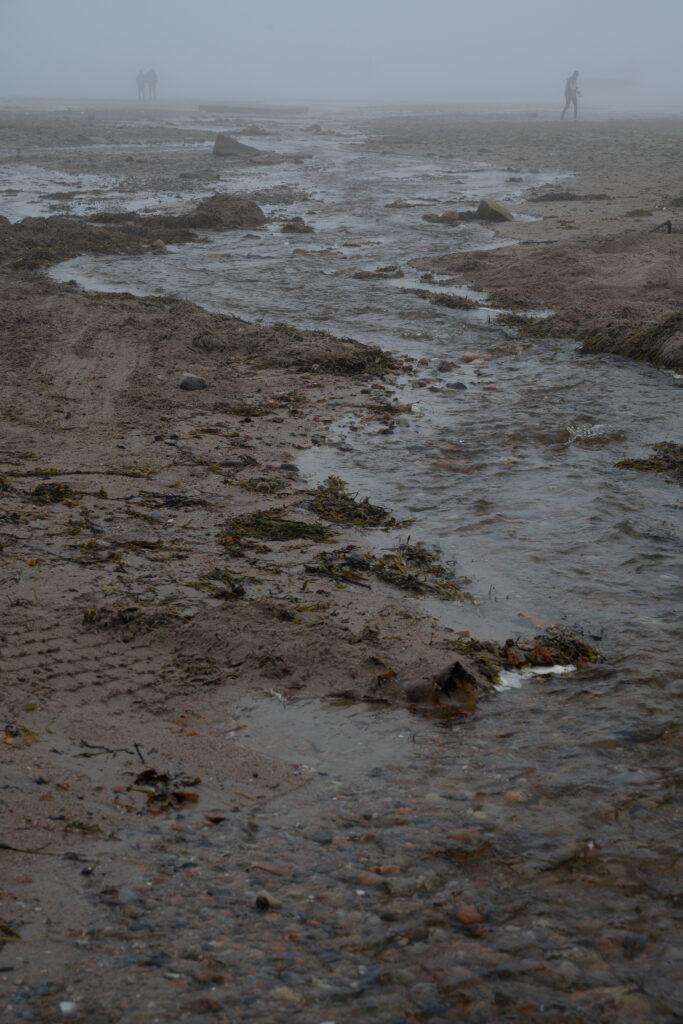
Of course, the main event was Acadia National Park. While many visitors flock to the Park Loop Road for its sweeping, sunny vistas, I found myself drawn to its moodier side. My first stop, Sand Beach, was a masterpiece of diffused light. With the sun hidden behind a thick blanket of clouds, the scene was transformed into a giant softbox. There were no harsh shadows, only gentle gradations of tone. The wet sand reflected the pearly white sky, creating a seamless transition from earth to air. I used a long exposure to smooth the gentle waves into a milky blur, contrasting the ethereal water with the hard, permanent reality of the surrounding pink granite cliffs. The fog swirled around the cliffs, revealing and concealing them in a slow, hypnotic dance. It was a study in texture—the fine grain of the sand, the rough face of the rock, the soft vapor of the fog.
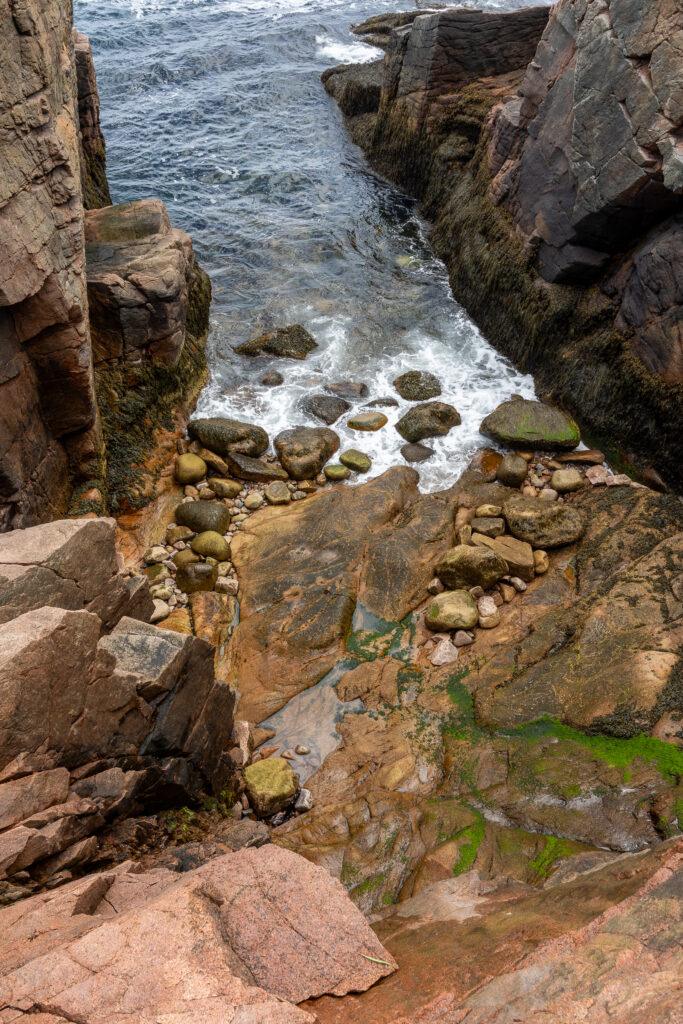
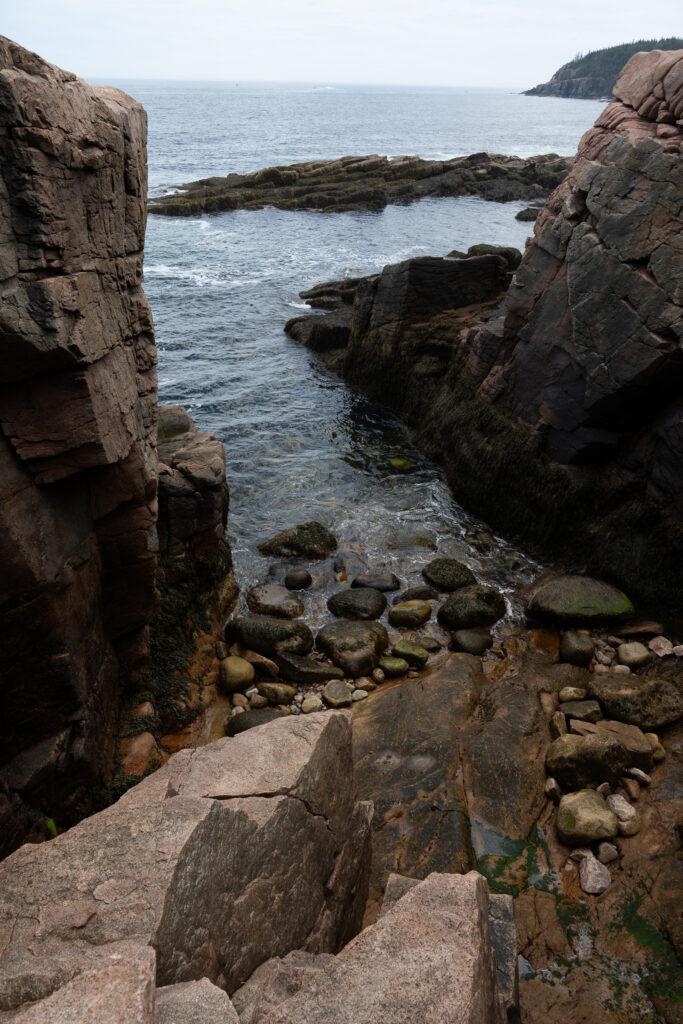
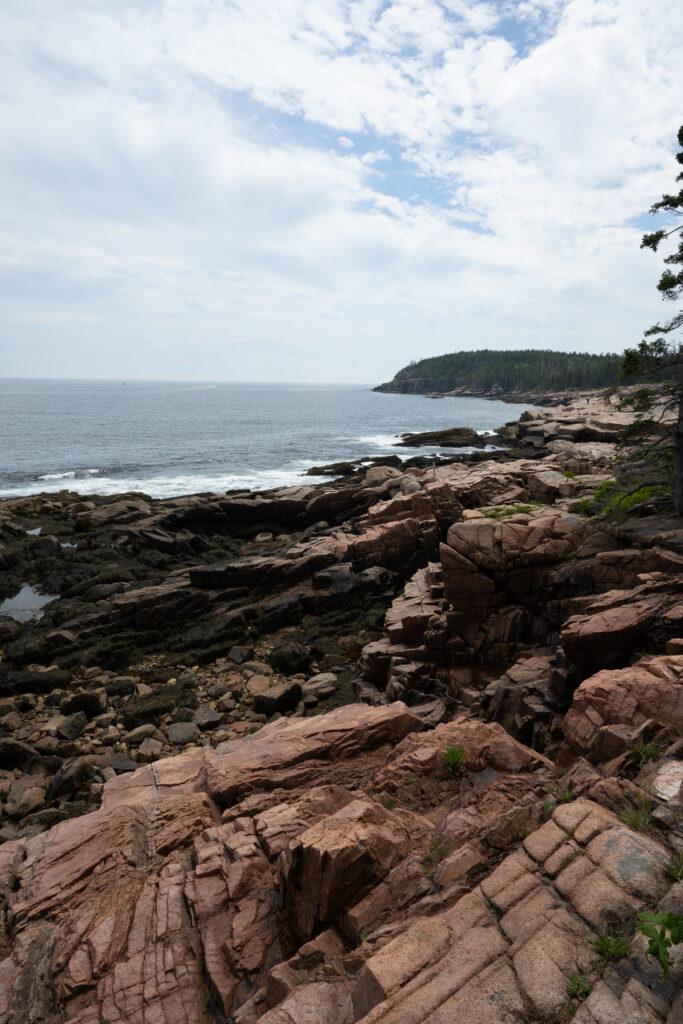
I spent hours along the coastline near Thunder Hole, not waiting for the iconic boom, but for the moments in between. The challenge of shooting in these conditions is protecting your gear from the constant, corrosive salt spray. I went through a half-dozen lens cloths, constantly wiping my glass clear. But the struggle was worth it. The churning, turquoise water against the dark, seaweed-covered rocks created a dynamic interplay of color and movement. The fog simplified the background, ensuring the viewer’s eye went right where I wanted it: to the raw power of the ocean crashing against the land.
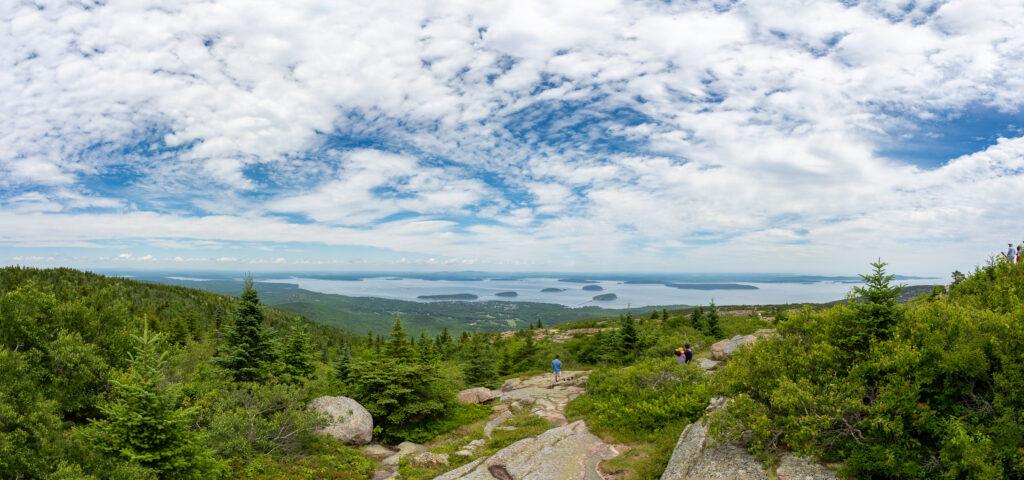
My primary obsession became Cadillac Mountain, but not for its famous sunrise. Instead, I hiked it on a day when the summit was obvious, with a sky as blue as could be. As I ascended, I walked into the clouds themselves. The familiar world disappeared, replaced by an intimate, 20-foot radius of visibility. The gnarled, wind-beaten trees on the granite slopes became stark, graphic subjects. Their dark, twisted forms emerged from the white void like ancient, sculpted forms. Up there, the world was silent, muffled by the light whistle of the wind. My photography wasn’t about a minimalist exercise. It wasn’t about the grand landscape; it was about a single, perfect droplet of water clinging to a pine needle, or the abstract patterns of lichen on a rock; ALL of it at once. Capturing the essence of Cadillac in a clear blue day was about conveying a sense of isolation and peace, of being disconnected from everything but the immediate, tactile world around you.
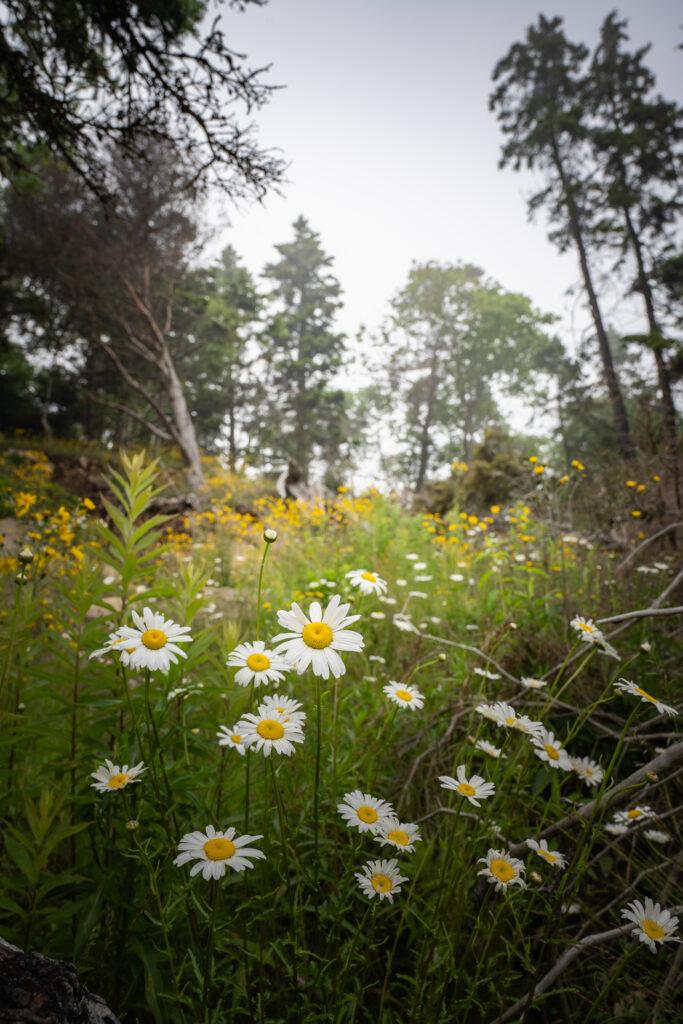
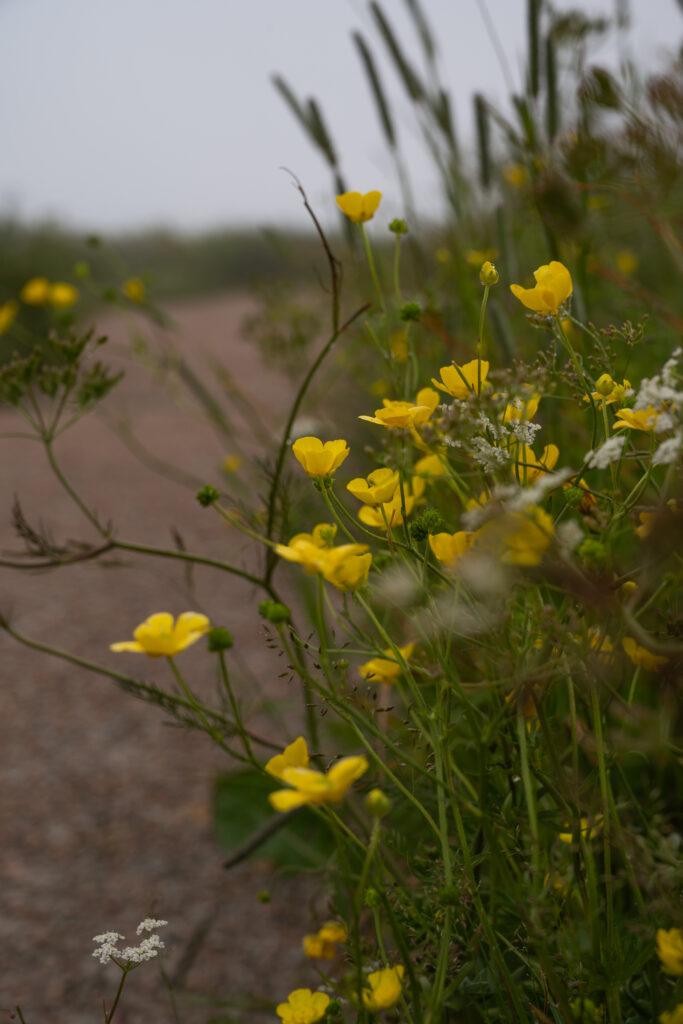
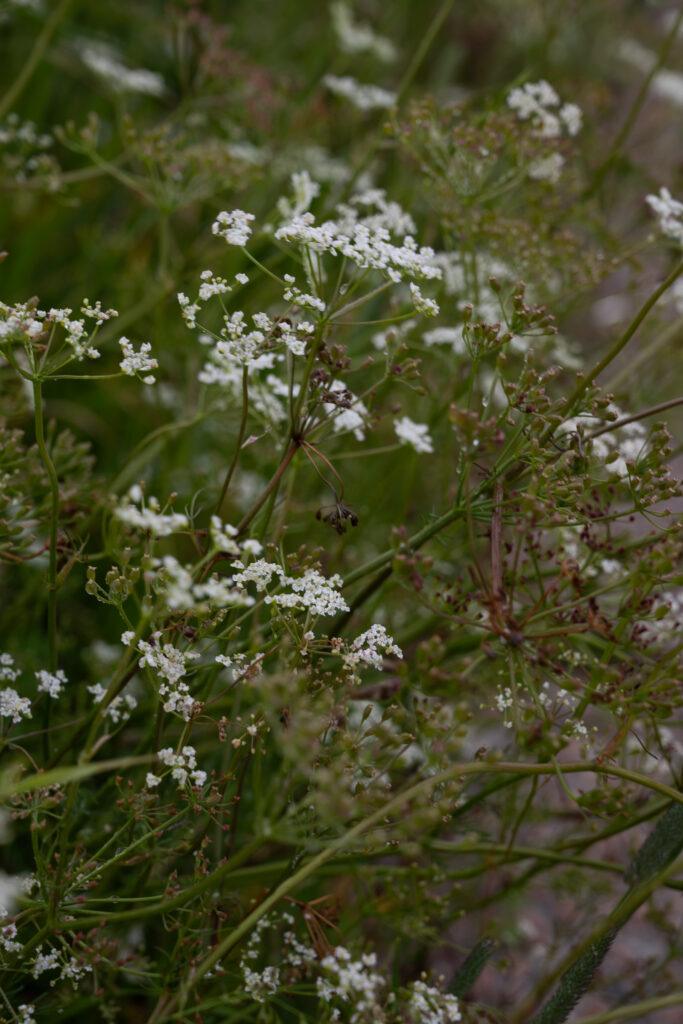
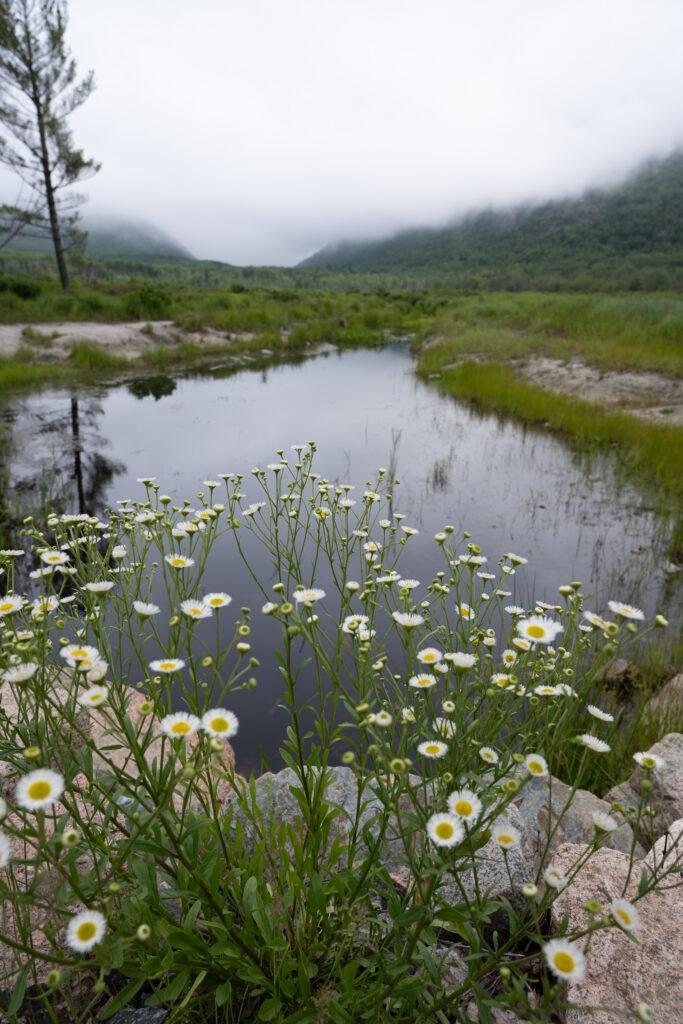
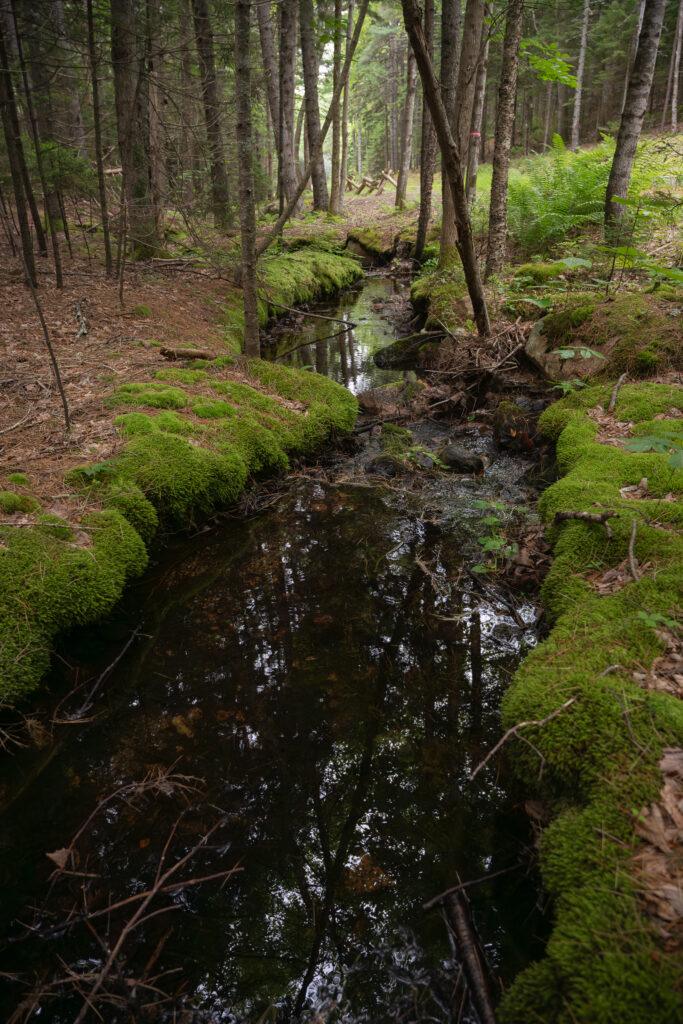
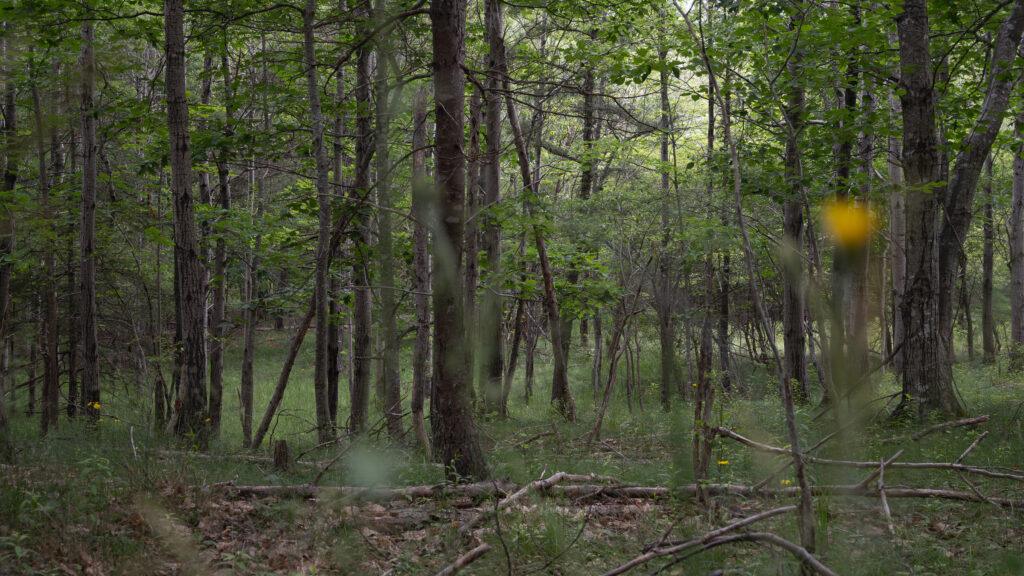
Leaving Bar Harbor, my memory cards were full not of bright, cheerful snapshots, but of quiet, contemplative moments. They held the feeling of the mist on my face, the muted sound of a distant foghorn, and the subtle beauty of a landscape stripped down to its essential forms and textures. Photographing Maine in the fog is a challenge. It tests your technical skills and forces you to see the world differently. You learn to embrace the imperfections, to find beauty in the gray, and to understand that sometimes the most powerful images are not the ones that show everything, but the ones that leave something to the imagination. It’s a pursuit of mood over documentation, and for a photographer, there is no greater reward.
Happy Exploring Everyone!!
<3 Ann

